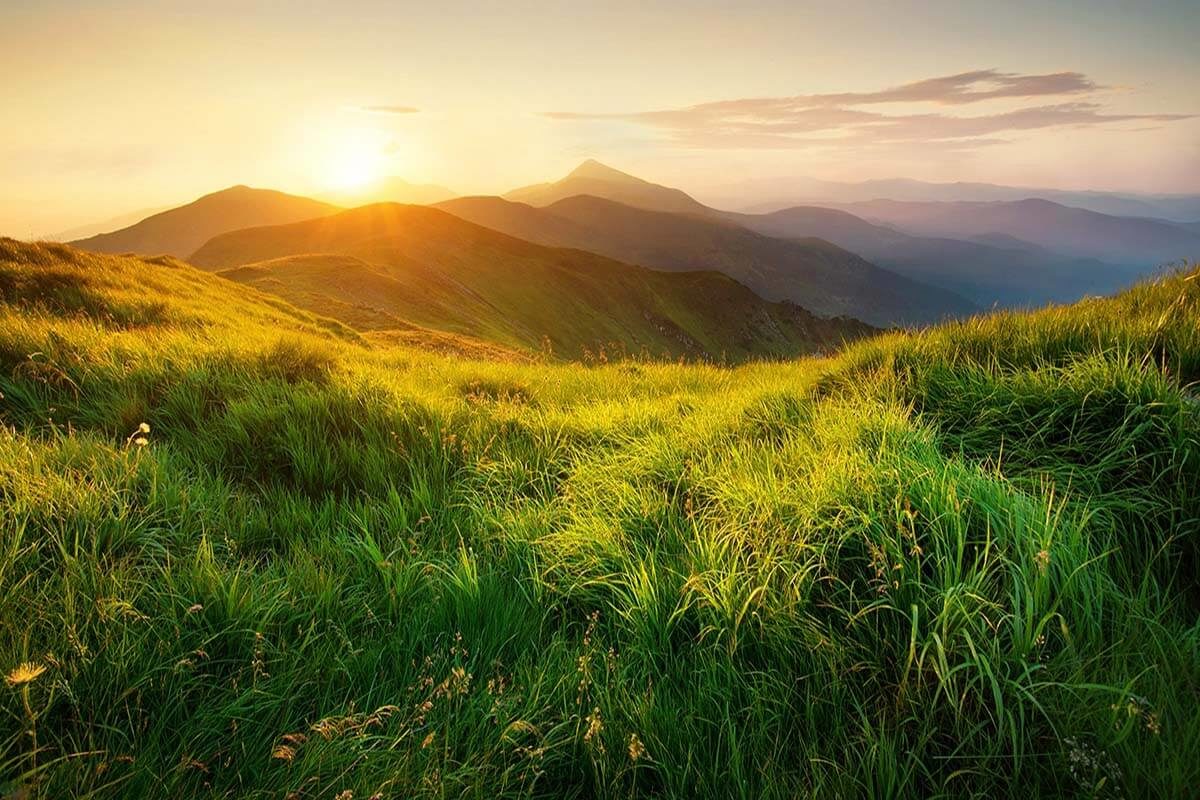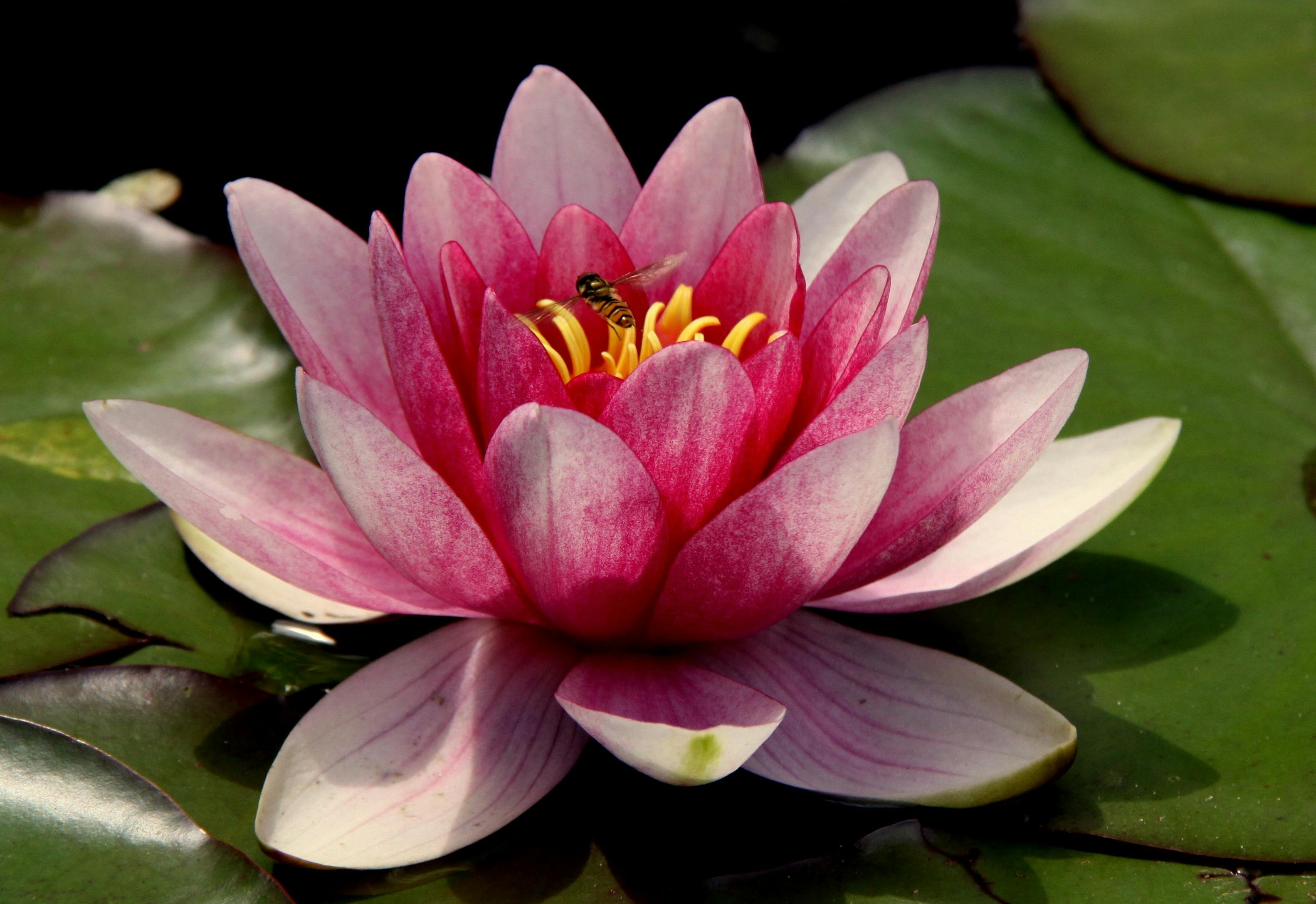Title: Majestic Creatures of the Wild: The Fascinating World of Deer
Introduction
The sight of a graceful deer gracefully bounding through a meadow or quietly grazing in a forest is a scene that captures the hearts of nature enthusiasts and wildlife lovers alike. These enchanting creatures have long been a symbol of beauty, grace, and the untamed wilderness. In this blog, we will delve into the captivating world of deer, exploring their diverse species, unique characteristics, and their vital role in the ecosystems they inhabit.
Deer: A Diverse Family
The family Cervidae, commonly known as deer, comprises over 50 different species, each with its own distinct characteristics and adaptations. These species are spread across North and South America, Europe, Asia, and even parts of Africa. The most well-known deer species include the white-tailed deer, red deer, reindeer (caribou), moose, and elk.
Physical Features
Deer are renowned for their elegance and striking physical features. They typically have long legs, slender bodies, and graceful necks. Their most distinctive feature, of course, is their antlers, which are unique to males of the species. These antlers serve various purposes, including mate attraction and dominance displays. Interestingly, antlers grow and shed annually, making them a seasonal spectacle.
Adaptations for Survival
Deer have evolved a range of adaptations to thrive in their respective environments. Their excellent sense of hearing and smell helps them detect predators early, and their keen eyesight allows them to spot danger from a distance. They are agile runners, capable of reaching impressive speeds, making them difficult targets for predators.
Diet
Deer are primarily herbivorous, feeding on a varied diet of grasses, leaves, twigs, and even fruits. Their diet can vary significantly depending on the species and the habitat they inhabit. Some deer species, like the white-tailed deer, are known to be browsers, while others, like moose, are more specialized in consuming aquatic plants.
Habitat and Range
Deer species can be found in a wide range of habitats, from dense forests to open grasslands and even semi-arid regions. They have adapted to their specific environments, and this adaptability has allowed them to establish populations in diverse ecosystems worldwide.
Ecological Importance
Deer play a crucial role in ecosystems as both herbivores and prey animals. By foraging on plants, they help shape vegetation and contribute to plant diversity. Their role as prey provides sustenance for various predators, from wolves and cougars to eagles and bears, ensuring the balance of predator-prey relationships in their ecosystems.
Conservation Concerns
While deer populations are generally healthy and stable in many areas, some species and populations face conservation challenges. Habitat loss due to urbanization and deforestation, as well as poaching and overhunting, threaten certain deer species. Conservation efforts are underway worldwide to protect these majestic creatures and their habitats.
Conclusion
Deer are more than just iconic symbols of beauty and grace; they are essential components of the ecosystems they inhabit. Their adaptability, diverse species, and intricate behaviors continue to captivate researchers and wildlife enthusiasts alike. As we strive to protect our planet's biodiversity, let us remember to appreciate and safeguard the remarkable deer that share our world, ensuring their place in the wilderness for generations to come.

















